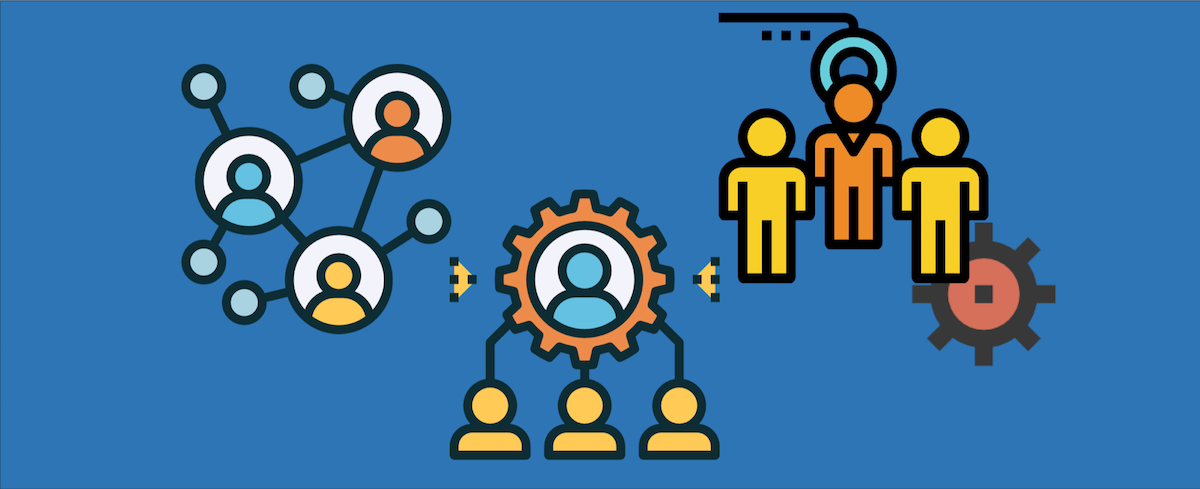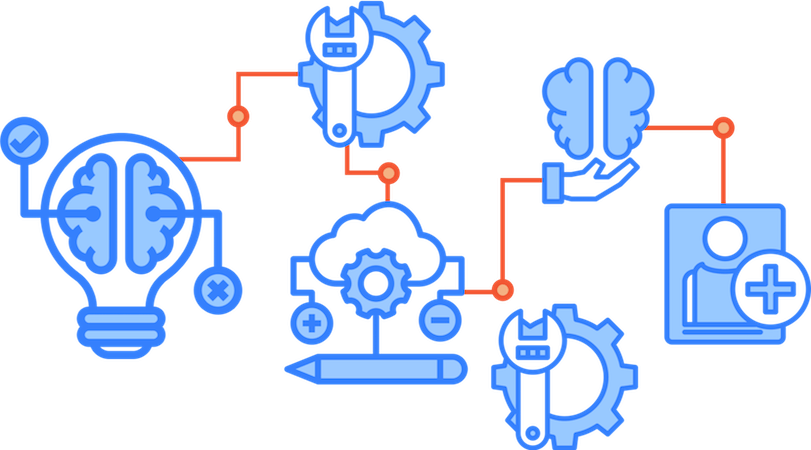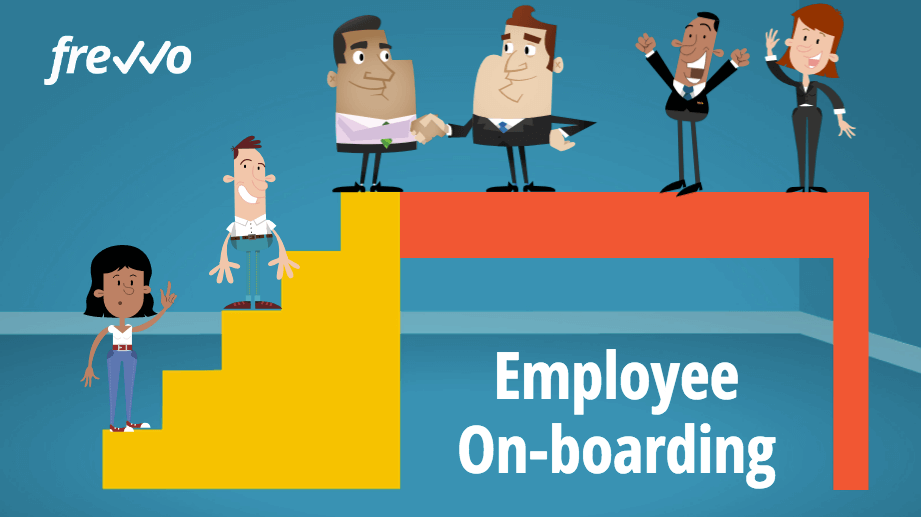Companies face fierce competition when it comes to attracting and retaining top talent.
The average millennial stays at a job for 6-12 months, 10-20 times shorter than Baby Boomers and Gen Xers did. Considering that millennials make up some 75% of the workforce, it’s important to understand what millennials want from work and what they expect from their employers. Some 55% of millennials don’t feel fully engaged at work, and perhaps as a result, around 60% say they’re open to a better job opportunity, should one present itself.
While many businesses invest in modern office spaces and offer attractive perks like in-house baristas, free-beer Fridays and unlimited paid time off, they often neglect the internal processes that really shape company culture and impact employee turnover. Onboarding is one of these processes.
Continue reading “Employee Onboarding in the Digital Workplace”



